Operation Sindoor: Delivering Justice After the Pahalgam Attack
Background: The Pahalgam Massacre and Pakistan’s Role
In late April 2025, India was rocked by a terrorist massacre in Pahalgam, Jammu & Kashmir, where militants ambushed vacationers and killed 26 Indian civilians. Investigators quickly blamed the Pakistan-backed “Resistance Front” (TRF), a front for Lashkar-e-Taiba, for the attack. The nation demanded retribution. Just two weeks later, on May 7, the Indian Armed Forces launched Operation Sindoor – a calibrated counter-strike aiming to dismantle the terror infrastructure behind the massacre.
Named after sindoor (vermilion) – the red mark worn by Hindu brides – the operation’s title captured the grief of widows and the nation’s resolve to avenge their loss. As noted in national discourse, Sindoor had become a metaphor of mourning and a symbol of righteous retaliation.
The Pahalgam attack on April 22 was one of the deadliest assaults on tourists in Kashmir. Twenty-six people – mostly young newlyweds and honeymooners – were gunned down by terrorists in broad daylight. The incident struck at the heart of India’s secular ethos and tourism-driven economy in Kashmir, sparking national outrage.
Foreign Secretary Vikram Misri publicly linked the assault to Pakistan, noting that intercepted communications tied the TRF attackers to Pakistani handlers. He warned that Pakistan’s inaction on terror had “forced” India’s hand. With no demonstrable steps taken by Pakistan against these terror networks, India chose to act pre-emptively.
Pakistan condemned India’s reaction as an “act of war,” claiming the strikes killed civilians and even saying it had shot down Indian jets – a claim India flatly denied. Indian officials emphasized that any action would be “measured, non-escalatory, proportionate and responsible”, targeting terror camps and not civilians or military infrastructure.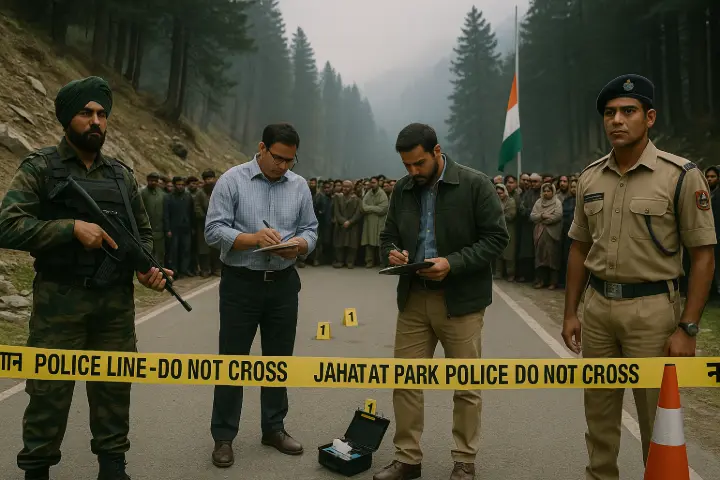
Operation Sindoor Launched: Strategy and Objectives
In the pre-dawn hours of May 7, 2025, India unleashed Operation Sindoor. According to military sources, the strikes were pre-planned and synchronized: Indian aircraft and missile units struck nine terrorist camps across Pakistan and Pakistan-occupied Kashmir (PoK) almost simultaneously. The plan was to catch the terrorists by surprise while minimizing collateral damage.
Wing Commander Vyomika Singh of the IAF stated:
“Operation Sindoor was launched by the Indian armed forces to deliver justice to the victims of the Pahalgam terror attacks and their families. Nine terror camps were targeted and successfully destroyed.”
Colonel Sofiya Qureshi of the Indian Army echoed this, emphasizing that each location was picked based on solid intelligence to avoid damage to civilian infrastructure. The Ministry of Defence later described the strikes as “focused, measured, and non-escalatory.”
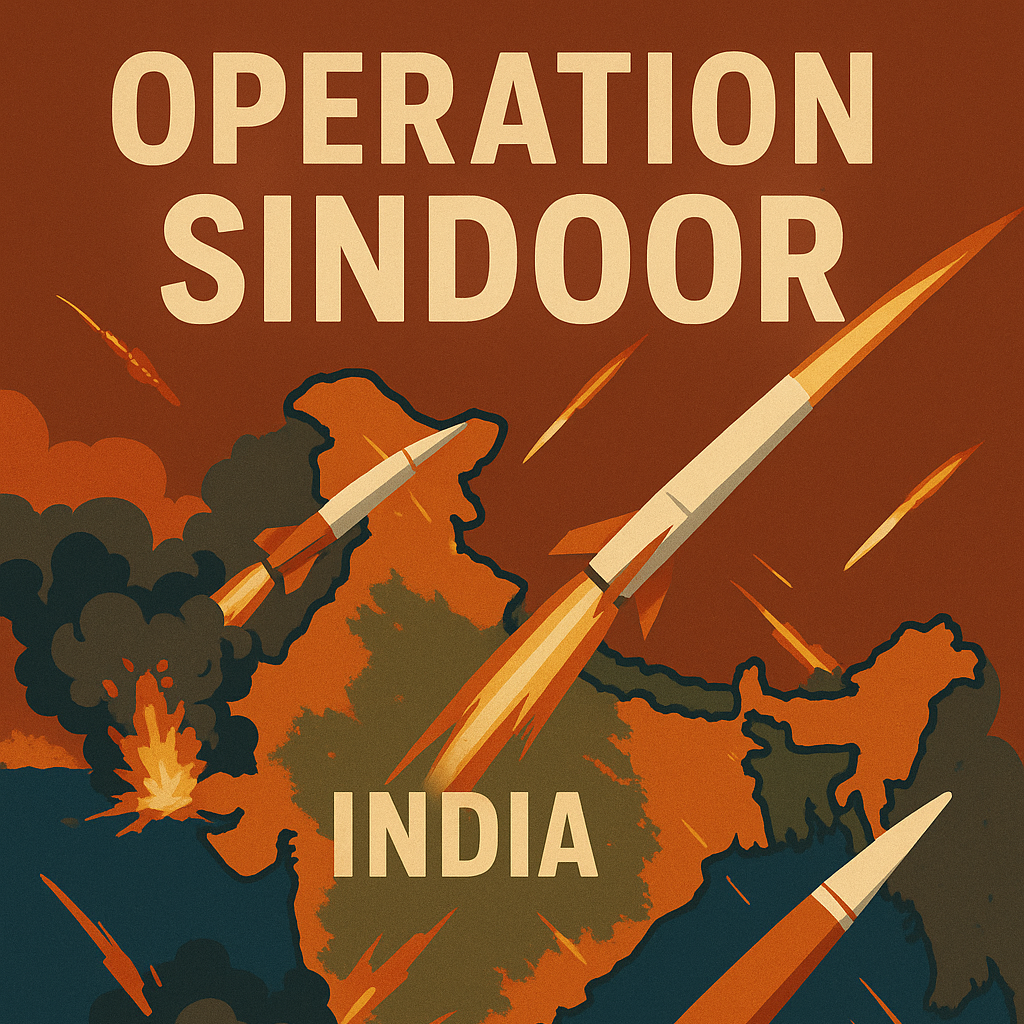
Precision Strikes: Execution and Weaponry
While specific munitions were not disclosed, analysts believe India used a mix of standoff precision weapons including ballistic and cruise missiles (such as BrahMos and Prithvi) launched from Indian territory. Fighter jets were possibly involved, though none crossed into Pakistani airspace – a sign of restraint.
Images from Indian media showed missile launches and targeting screens. The nine camps targeted included Lashkar-e-Taiba and Jaish-e-Mohammad training grounds, ranging from Bahawalpur and Muridke in Pakistan to Sawai Nala, Muzaffarabad, Gulpur, Kotli, and Bhimber in PoK.
Each site had been linked to previous attacks, including the October 2024 Sonmarg assault and the recent Pahalgam massacre. By hitting these simultaneously, India aimed to disrupt imminent threats.
Indian ground forces were placed on high alert along the Line of Control (LoC). Pakistan retaliated with drones and artillery in Rajouri and Kupwara sectors, but Indian air defenses, particularly at Udhampur and Srinagar, effectively intercepted threats with minimal damage and no fatalities.
Political and Military Leadership Respond
Prime Minister Narendra Modi chaired a high-level security review on May 9, alongside Defence Minister Rajnath Singh, NSA Ajit Doval, and top military chiefs. The government emphasized seamless coordination to maintain preparedness.
Defence Minister Singh praised the armed forces:
“The precision with which Operation Sindoor was executed is unimaginable and praiseworthy… Nine terrorist camps were destroyed and a large number of terrorists were killed… all without harming innocents.”
He warned adversaries not to mistake India’s patience for weakness, promising “quality action” against any future provocations.
While the Congress party supported the armed forces, it urged an all-party discussion, emphasizing democratic unity.
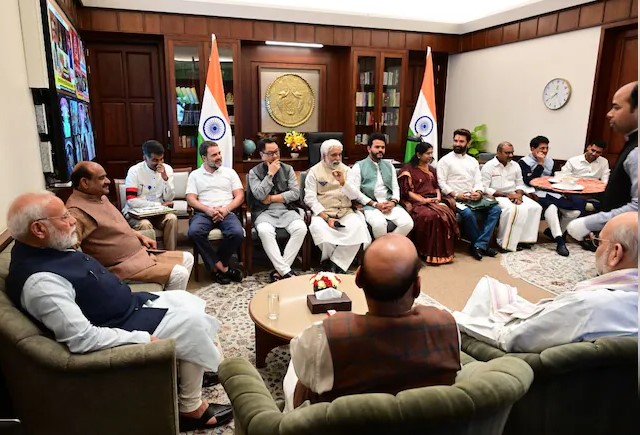
International Reactions
Operation Sindoor drew immediate global attention. Many nations condemned the original Pahalgam massacre and urged restraint from both sides.
Britain’s Foreign Secretary expressed concern and called for direct dialogue. US President Donald Trump took active interest, calling for peace and later taking credit for brokering a May 10 ceasefire through diplomatic efforts.
Nearby nations responded in varied ways:
- Sri Lanka’s President expressed unwavering solidarity with India.
- Bangladesh and Nepal appealed for calm.
- Bhutan and the Maldives emphasized that no territory should host terrorists.
- Pakistan denounced the strikes, calling them an act of war, and launched Operation Bunyan-un-Marsoos – a brief artillery exchange.
The UN, China, and Russia all stressed de-escalation to avoid conflict between nuclear-armed neighbors. The global community largely saw India’s action as justified, but pressed for restraint to avoid broader instability.
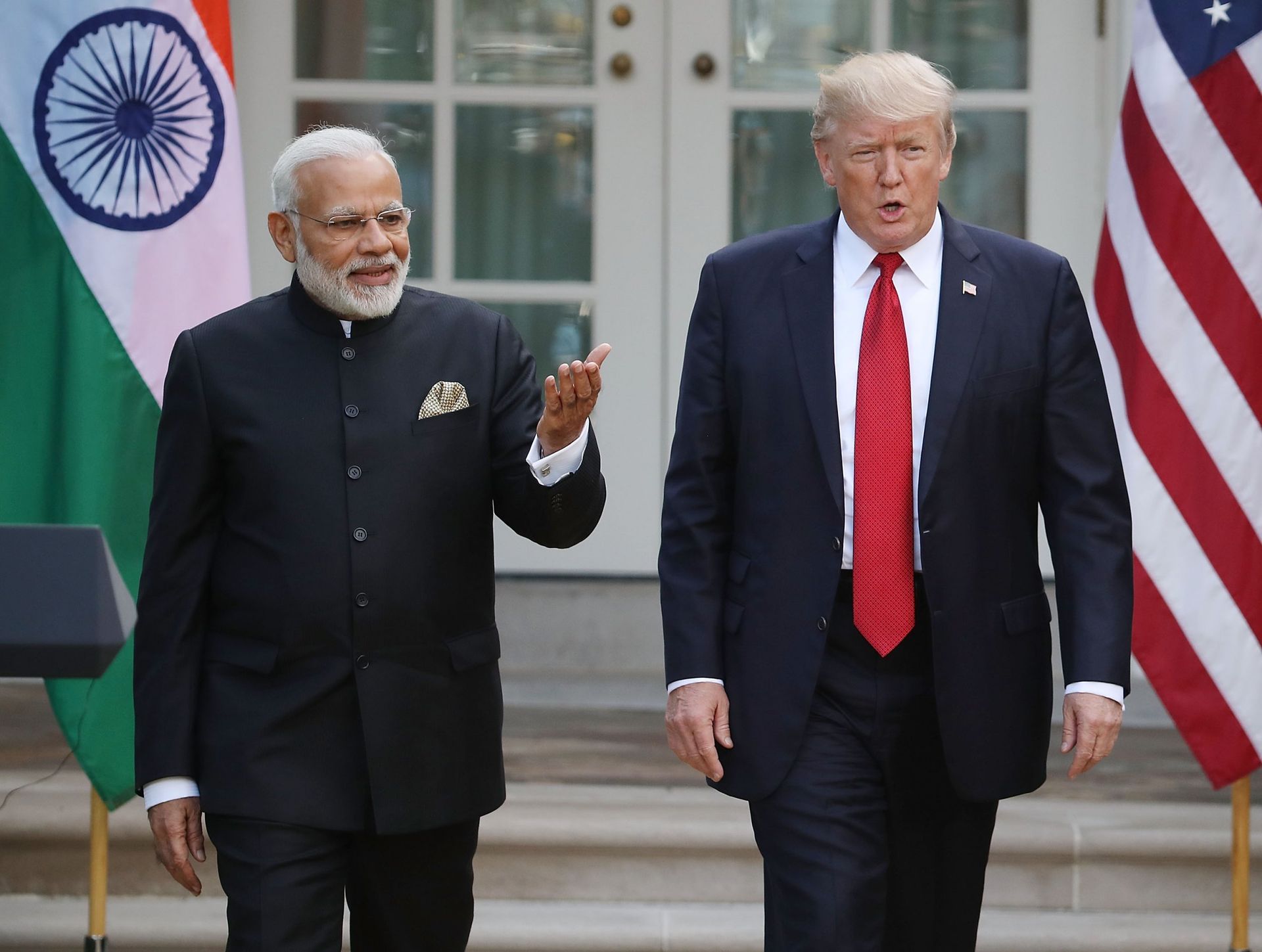
Assessing Success: Military and Geopolitical Impact
By May 10, a fragile peace had emerged. India declared Operation Sindoor an unambiguous military success: all nine designated terror camps were destroyed and at least 100 terrorists were reported killed. There were no Indian casualties or civilian deaths, highlighting the precision of the strikes.
India’s deterrent message was clear: cross-border terrorism will not go unanswered. The operation echoed earlier strikes like Uri (2016) and Balakot (2019), focused on degrading terror capabilities without igniting war.
Public morale soared. The symbolism of widows wiping off their sindoor during protests resonated nationwide. The name “Sindoor” transformed from a mark of mourning to a symbol of justice and defiance.
Internationally, Sindoor isolated Pakistan further. Already under scrutiny from the Financial Action Task Force (FATF), Pakistan now faced renewed diplomatic pressure. India highlighted its restraint and precision, while pushing for international recognition of groups like TRF as terror proxies.
The US and UN endorsed justice for the victims, and Trump’s mediation led to a de-escalation without diminishing India’s military achievement.
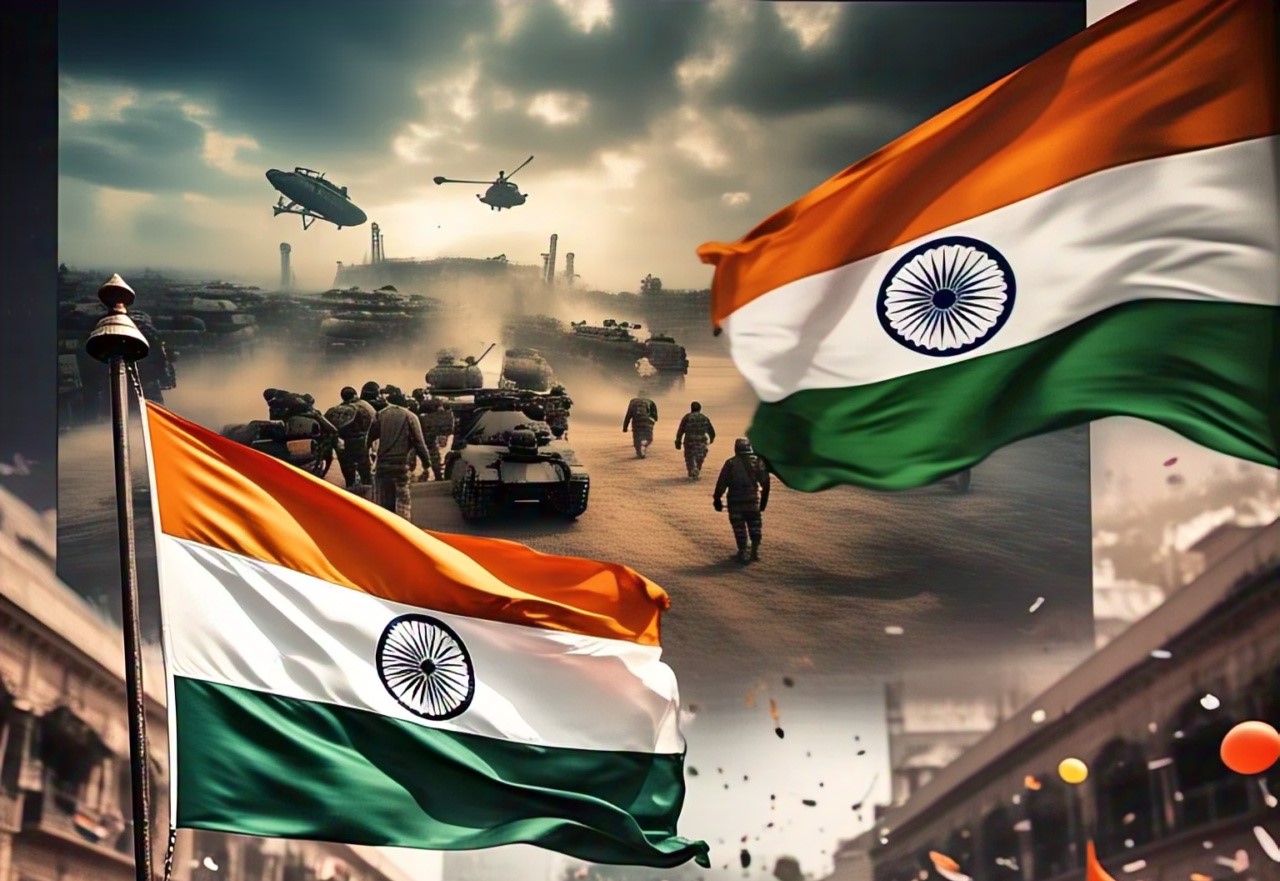
Conclusion
Operation Sindoor will be remembered as one of India’s most decisive anti-terror actions. In just hours, it demolished a key portion of the cross-border terror infrastructure and delivered justice for the Pahalgam victims.
Its success stemmed from a blend of military precision and strategic restraint. India avenged the attack without provoking a full-scale war – asserting strength, maintaining responsibility, and reinforcing its deterrence doctrine.
Politically and emotionally, Sindoor united the nation. Militarily, it showed India’s ability to strike surgically. Diplomatically, it compelled global powers to engage with the terror threat in Kashmir. Moving forward, India must consolidate this gain through vigilance, stronger defenses, and global pressure on Pakistan.
Operation Sindoor is a warning to those who target India’s peace: the response will be swift, strategic, and just.
Jai Hind.